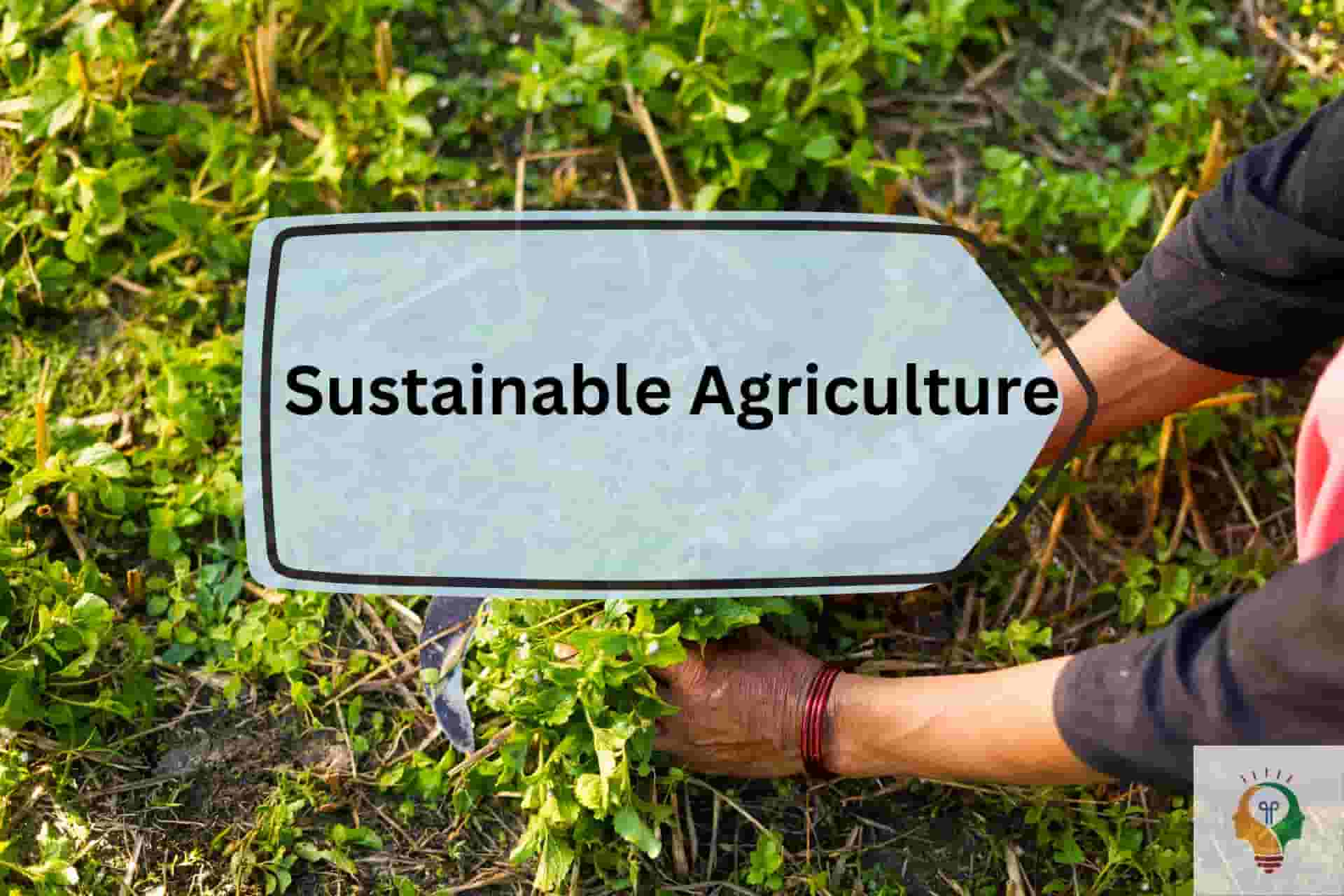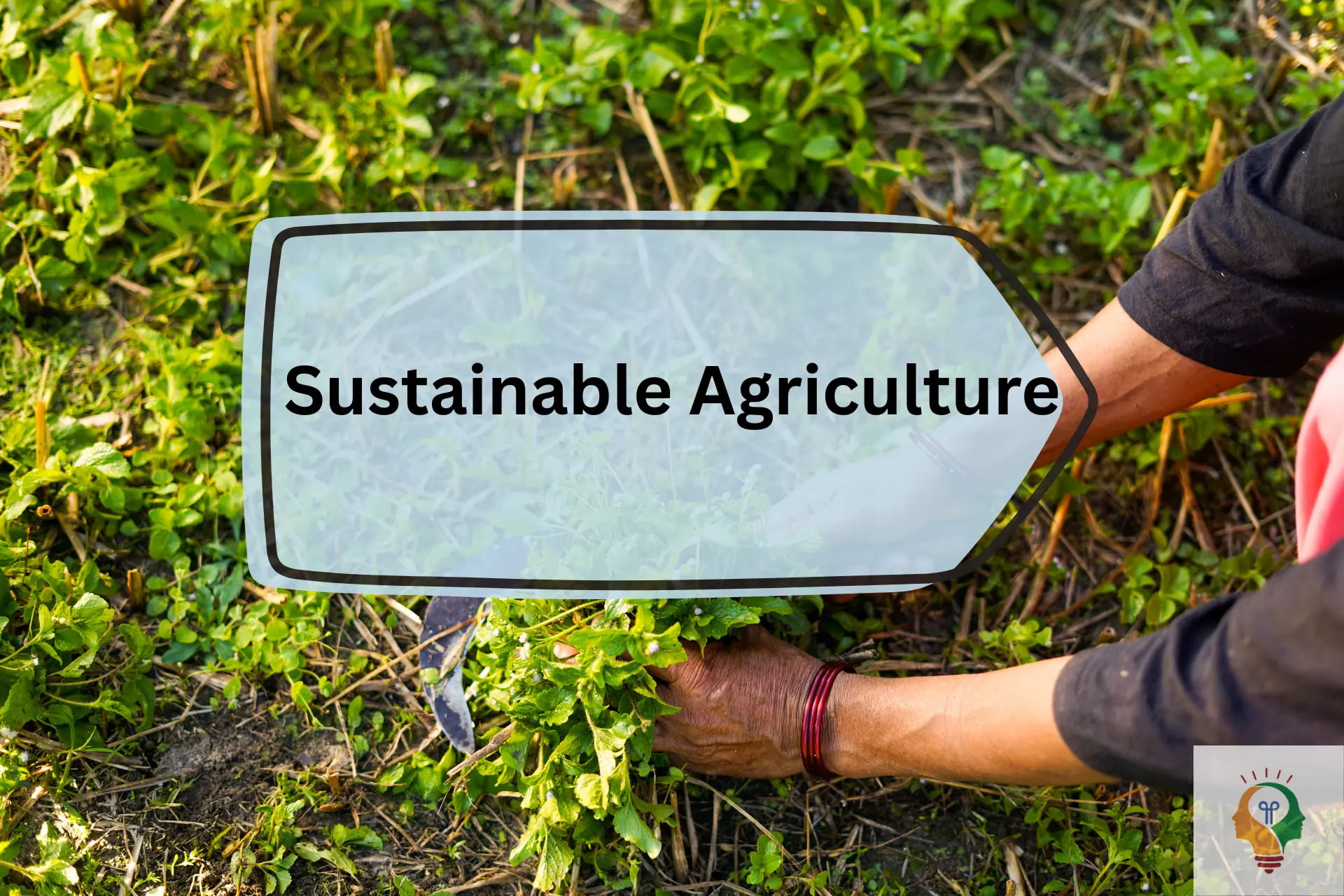Organic Growth: Doubling India’s Farmers‘ Income through Sustainable Agriculture
Updated: 15-10-2025 at 5:30 AM
1k


In 2016, India’s Prime Minister set out a grand vision: farmers’ incomes would be doubled by the time the nation celebrated 75 years of Independence. With India now entering the Amrit Kaal era, it is time to assess the progress of this mission and evaluate what further steps are needed under various sustainable agriculture schemes and reforms, such as the National Mission for Sustainable Agriculture, to ensure inclusive and lasting change.
Overview
Before diving into the challenges and initiatives, it’s important to understand the key facts surrounding India’s agricultural economy and the farmer income.
| Aspect | Details |
|---|---|
| Initiative Announced By | Government of India under Hon’ble Prime Minister Narendra Modi |
| Year of Announcement | 2016 |
| Goal | Double farmers’ income by 2022 (extended target under Amrit Kaal Vision 2047) |
| Major Schemes Linked | PM-Kisan Samman Nidhi, PM Fasal Bima Yojana, PM Garib Kalyan Anna Yojana, eNAM, Sustainable agriculture scheme in India |
| Primary Objective | Enhance income and sustainability for Indian farmers |
| Agriculture’s Workforce Share (2021-22) | 45.5% of the total labour force |
| Key Challenges | Land fragmentation, poor infrastructure, climate risks, and policy constraints |
| Current Status (2025) | Income growth achieved but not doubled; focus shifted to sustainable reforms |
Latest News
According to reports, the e-NAM (National Agricultural Market) has now onboarded over 1.8 crore farmers and 2,000+ mandis across India. The Ministry of Agriculture & Farmers Welfare is also introducing AI-based pricing tools and digital payment systems to ensure transparency in transactions.
In addition, the PM-Kisan portal now allows farmers to complete their eKYC and mobile number updates online, simplifying access to government benefits and ensuring smoother fund transfers. These reforms complement efforts under the National Mission for Sustainable Agriculture, which focuses on making Indian farming more climate-resilient and resource-efficient.
Doubling Farmers' Income — Progress and Impact
For India, increasing farmers’ income is not only an economic necessity but also vital for sustainable GDP growth. Since agriculture employs nearly half of India’s workforce, its prosperity directly impacts the nation’s development. The government’s Sustainable Agriculture Scheme aims to improve productivity, optimise resources, and enhance income through modern techniques, soil health management, and digital marketing integration.
Why Double Farmers’ Income?
Historically, India’s agricultural focus has revolved around food production and food security. However, the key concern—how to increase farmers’ income—was often overlooked. The income gap between the agricultural and non-agricultural sectors has led to an “agricultural emergency,” marked by farmer suicides, migration to urban areas, and declining interest among rural youth.
To tackle this, the government launched the National Mission for Sustainable Agriculture, a major sustainable agriculture scheme in India. It seeks to promote eco-friendly practices, efficient water management, and climate adaptation to improve both productivity and profitability for farmers.
What Is Stopping Income Doubling?
Several factors have slowed progress. Let’s take a closer look at the key challenges that need attention under schemes like the National Mission for Sustainable Agriculture.
The Effect Of Government Agricultural Policies
Government regulations such as export restrictions and stock limits often discourage farmers from achieving full value for their produce. Subsidy-heavy procurement systems for staple crops like rice and wheat, though well-intentioned, fail to boost income diversification or sustainable practices. This is where initiatives like the Sustainable Agriculture Scheme can balance productivity with environmental care.
Land Fragmentation
Around 85% of farmers in India are smallholders owning less than two hectares of land. Such fragmentation limits economies of scale, mechanisation, and technology adoption, resulting in lower yields and income.
Infrastructure Inadequacies
India’s agricultural infrastructure — including irrigation systems, storage facilities, and rural roads — remains underdeveloped. This directly affects supply chains, leading to wastage and reduced profits for farmers.
Low Efficiency And Climate-Related Issues
Erratic rainfall, droughts, and floods cause instability in production. Recognising these climate risks, the government initiated the National Mission for Sustainable Agriculture in 2014 under the Ministry of Agriculture & Farmers Welfare. It focuses on climate-smart technologies and the efficient use of natural resources.
Dependence on Monsoon
A large share of Indian agriculture still depends on monsoon rains. When rainfall fails or arrives late, farmers’ incomes are severely affected. The National Mission for Sustainable Agriculture under which the Ministry—Agriculture & Farmers Welfare aims to reduce this dependency through efficient irrigation, drought-tolerant seeds, and better water resource management.
Read More: Ayushman Card
Measures Taken by the Government For Farmer Support
In response to these inter-state challenges in agriculture, the government has taken up some issues to address the problems through various policy initiatives to increase farmers’ income.
Measures have also been taken to improve market access and reduce prices for middlemen, e.g. through the promotion of organic farming and eNAM (National Agricultural Market). Direct income support in the form of PM Kisan is being provided, and free ration under PM Garib Kalyan Anna Yojana is also being provided to needy farmers. In addition, announced subsidies for crop insurance, provision of credit and irrigation infrastructure will be introduced to mitigate financial risks and increase agricultural productivity.
The National Mission for Sustainable Agriculture's year of launch was 2014-15, marking a new era in agri-policy integration for resilience and profitability.
Read More: Ration Card
Conclusion
India can uplift its farming communities and ensure steady income growth by combining technology, sustainability, and policy reform. Strengthening the Sustainable Agriculture scheme in India, expanding eNAM, and implementing the National Mission for Sustainable Agriculture effectively will play a key role in shaping the nation’s Amrit Kaal journey.
By integrating sustainability with profitability, the government can not only protect the environment but also secure the economic future of millions of farmers.
Get the latest updates on government schemes and policies with Jaagruk Bharat. Join India's biggest Jaagruk Bharat community. Share your thoughts, questions, and favourite topics with us.
Add Why Choose Jaagruk Bharat To Update The PM Kisan eKYC and Mobile Online Using JB Online Services?
The Jaagruk Bharat Online Services platform simplifies complex government procedures into user-friendly steps. Through its dedicated PM Kisan eKYC and Mobile Update page, farmers can:
-
Easily update their mobile number and eKYC details without visiting CSC centres.
-
Access real-time assistance and step-by-step guidance from verified experts.
-
Stay updated with government scheme news through Jaagruk Bharat’s community page.
-
Enjoy a secure, paperless, and hassle-free process for PM-Kisan updates and related schemes.
Join the Jaagruk Bharat Community today to stay informed about government initiatives, agricultural updates, and financial empowerment opportunities for farmers.
Frequently Asked Questions
0
0
1k
0
0
1k Views
0
No comments available





Our Company
Home
About
T&C
Privacy Policy
Eula
Disclaimer Policy
Code of Ethics
Contact Us
Cancellation & Refund Policy
Categories
Women
Insurance
Finance
Tax
Travel
Transport & Infrastructure
Food
Entertainment
Communication
Government ID Cards
E-commerce
Traffic guidelines
Miscellaneous
Housing and Sanitation
Sports
Startup
Environment and Safety
Education
Agriculture
Social cause
Employment
Disclaimer: Jaagruk Bharat is a private organization offering support for documentation and government scheme access. We are not affiliated with any government body. Official services are available on respective government portals. Our goal is to make processes easier and more accessible for citizens.
All Copyrights are reserved by Jaagruk Bharat